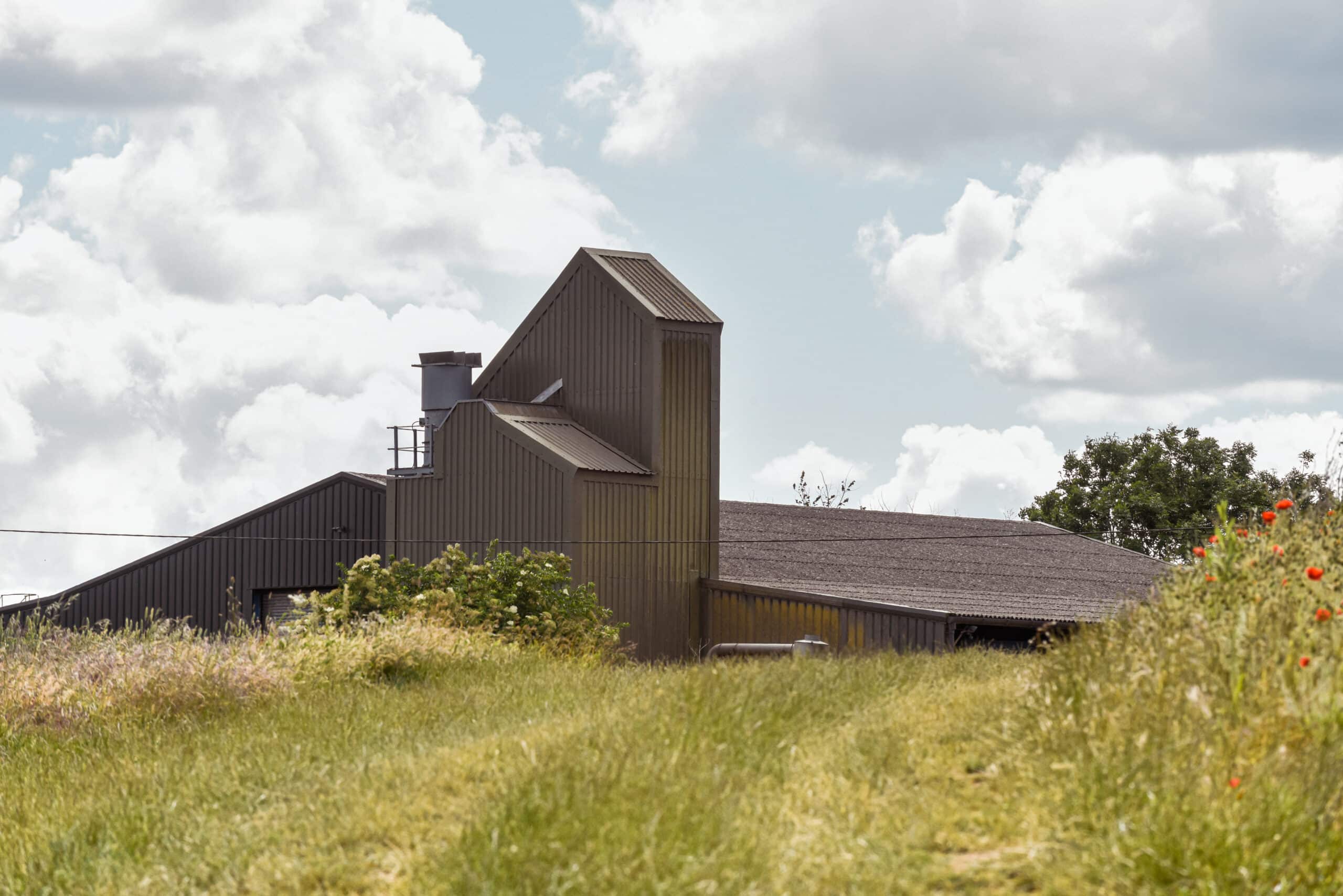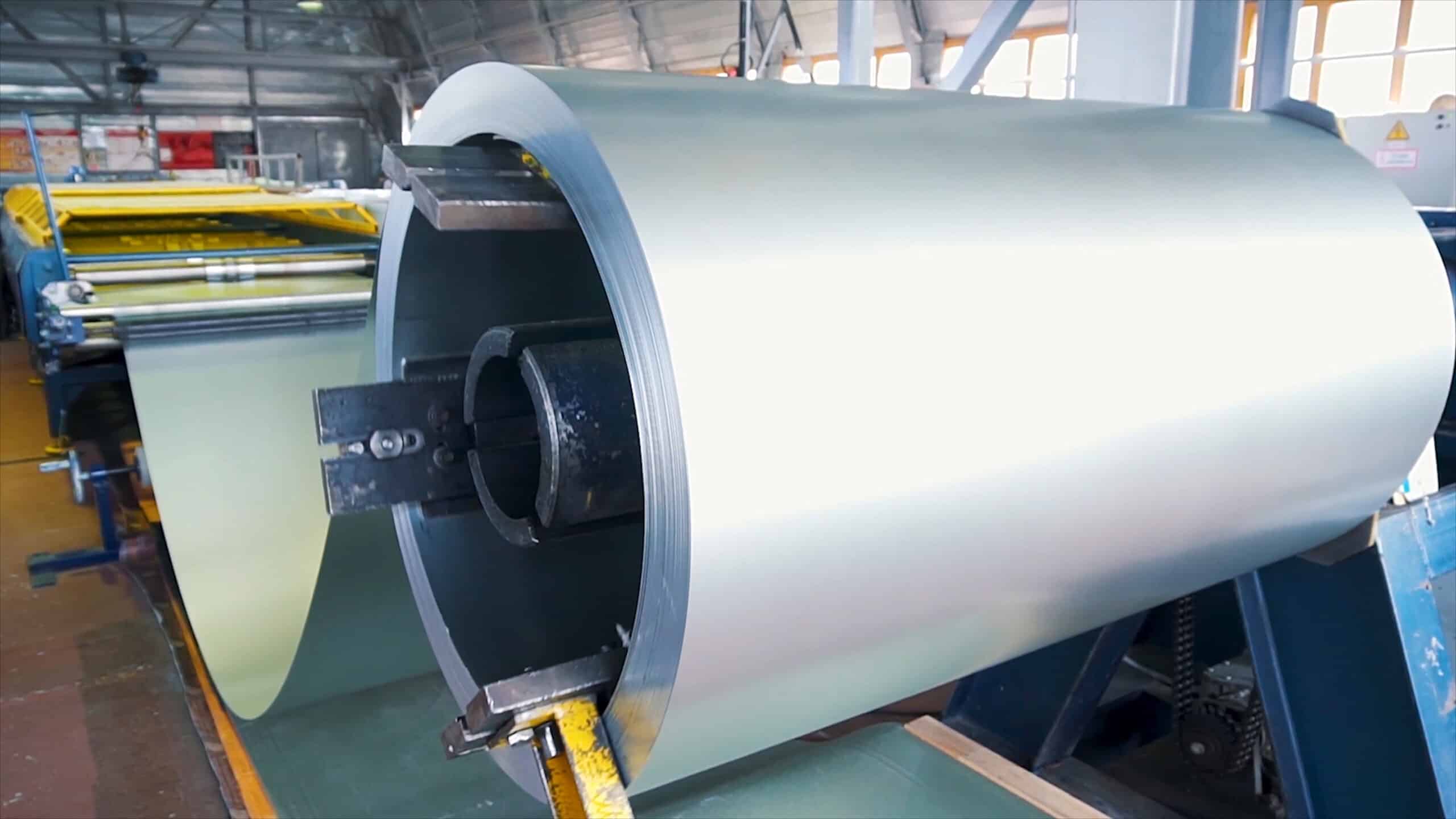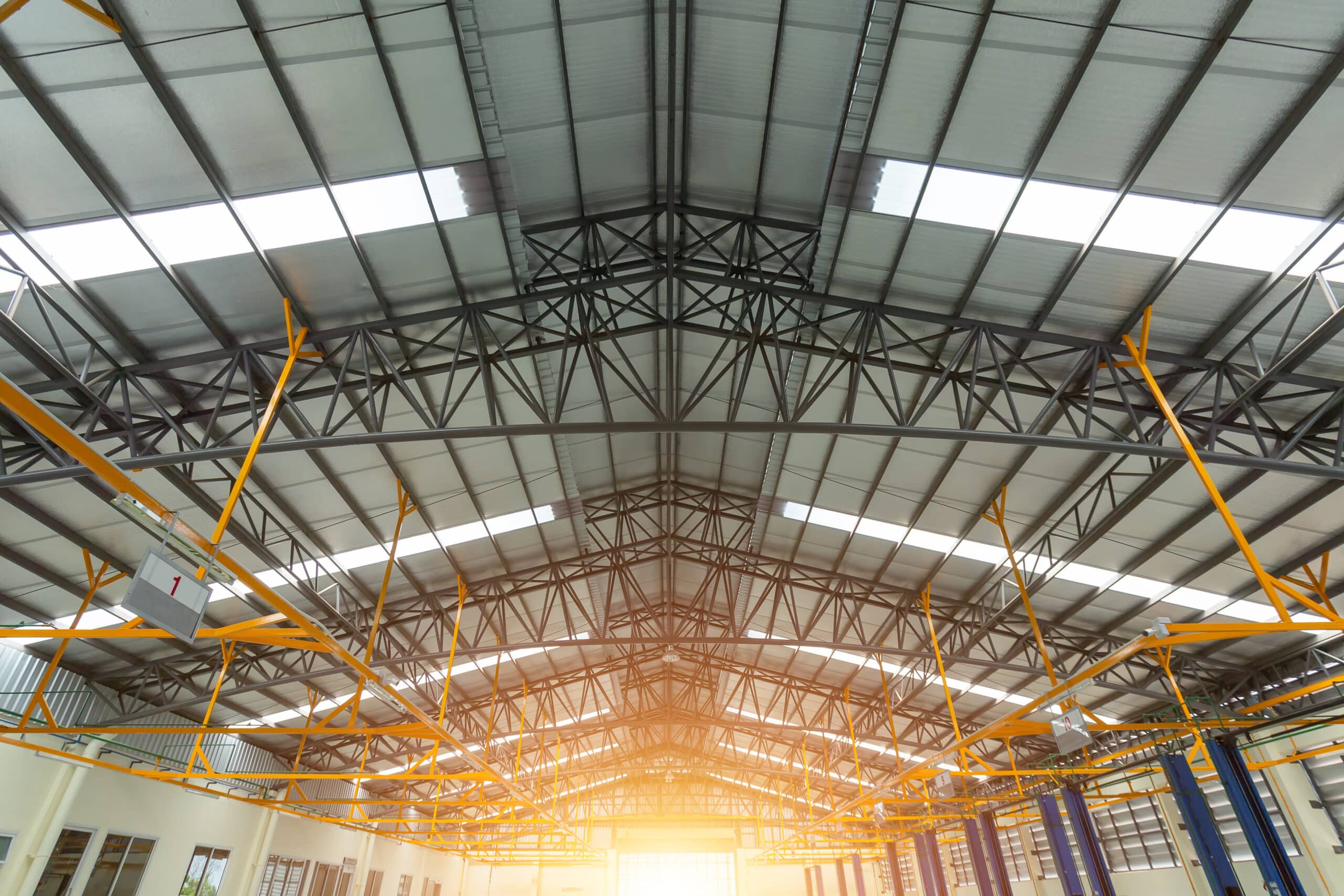Constructing agricultural buildings with steel framing offers farmers and agricultural businesses a durable, cost-effective, and low-maintenance solution for protecting valuable assets and optimizing operations. The versatility and durability of steel make it an ideal choice for modern agricultural needs.
Durability and Structural Integrity
The best way to avoid dimensional stability problems is to build your agricultural structure with a dimensionally stable material, such as steel. Steel has the same dimensional properties in all directions, and because there is no “grain,” the strength of steel is the same in all loading directions. Additionally, unlike wood, steel does not expand or contract with moisture content, nor does it warp, split, crack, or creep, ensuring that your valuable assets are protected and the building has a long lifespan. Steel structures provide superior strength and structural integrity.
Wide Clear Spans
Wide, clear spans are an option when constructing an agricultural building with a steel frame. Fewer interior columns or supports are required, providing more open space with high ceilings for storing hay, housing livestock, and maneuvering heavy machinery, making operations more efficient and convenient. Steel’s versatility allows for flexible and adaptable designs to be easily fabricated and customized to meet the specific requirements of learning institutions.
Cost-Effectiveness
Steel agricultural buildings are often more economical than traditional wooden structures. They have lower maintenance costs due to their durability and resistance to damage, eliminating the need for frequent repairs or replacements. Metal structures are often pre-engineered, resulting in faster construction times and reduced labor costs.
Energy Efficiency
Steel buildings can be designed with insulation systems that help regulate temperatures and reduce energy consumption. This is particularly important for climate-controlled environments, such as livestock housing or storage facilities for perishable goods. The roof can have a considerable impact on the energy use of a building. A light-colored, reflective metal roof can save up to 40 percent in cooling energy.
Earthquake Resistant
Steel is ductile, allowing it to bend considerably before breaking, making buildings constructed with steel framing earthquake-resistant. Steel construction is lighter in weight than concrete without compromising strength. It has less mass – and therefore less force – to damage itself under seismic shaking. Steel frame buildings offer excellent resistance against impacts, vibrations, and seismic forces, ensuring the safety of your assets.
Customization and Flexibility
Steel buildings can be easily customized to suit the specific needs of agricultural operations by choosing the size, shape, and layout best suited to your requirements. They can accommodate various layouts, including large open areas for storage, individual stalls for livestock, and space for milking parlors or processing facilities. The design can be tailored to meet specific requirements, whether it’s for a dairy farm, poultry operation, or grain storage facility. The design flexibility also allows for future expansions or modifications as the institution’s needs evolve.
Steel Framing with ISF
Proper engineering, design, and construction techniques will ensure that your agricultural building is safe, functional, and can withstand severe environmental conditions. Overall, steel-frame agricultural buildings are a low-maintenance, customizable, and durable option.
Consider incorporating steel into your next agricultural structure; it may be the perfect choice for your needs.
We would love to learn more about your business and tell you how International Steel Framing has what you need to succeed in the cold-formed steel industry.
If you would like to learn more about manufacturing using Performance 1 Roll Former, click here.




